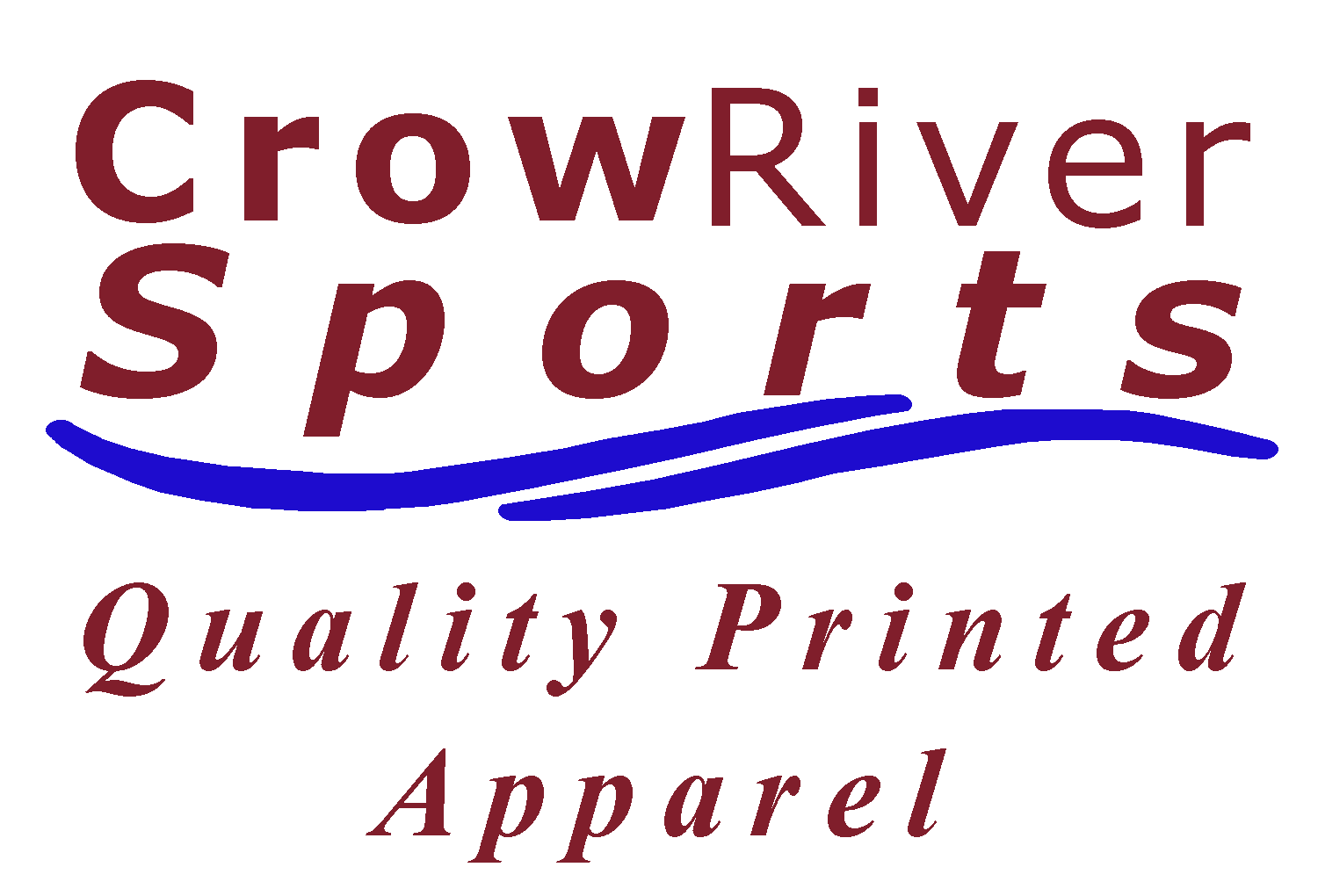|
The Fastpitch Softball Catcher
A fastpitch softball catcher is a very athletic player. Perhaps she is your best athlete. She has to be quick and have a strong arm. She is the team leader on defense. She controls the tempo of the game. She will go after a short bunt. The best way for her to field a bunt is to run into a position that she would be throwing from with the ball directly in front of her before picking the ball up. If the bunt is to far away, stay out of the way and let the 1st, 3rd or the pitcher field the ball. I am not saying that she should not go after the ball; just know when to back off.
If there is a runner on 2nd or 3rd and the ball gets hit to the 1st base side of the pitcher, she needs to stay at home and prepare for a possible play. If a throw is coming back to her for a play at home, she should straddle home plate with her body squared up with 3rd base. She is not allowed to block home plate unless she has the ball. If there is no throw to her, she should step out of the runners’ way. If the throw comes to her and she is making a tag, the fastpitch softball catcher should hold the ball in her bare hand and protect it with the gloved hand. She should get the ball between the runner and the home plate down to the ground. Trying to reach a tag up high could allow the runner to slide in safe under the tag. Coach Jody Pruitt demonstrates this in this video.
When there is a runner on 1st or 2nd, when she gets into her stance she should set up her feet to make a quick throw in the event of a steal attempt. If she is a right handed thrower, her feet should be lined up with each other parallel to the 3rd base line and shoulder width apart. If she is a left handed thrower, her feet should be lined up with each other parallel to the 1st base line and shoulder width apart. When the pitch hits her glove, she should not take any steps with her back foot and only a quick and short adjustment to her front foot. To expedite the throw, the circular rotation of the shoulder up to the throwing position should not include a long reach back into the “T” position but an abbreviated elbow back only with the throwing hand reaching up toward her ear and a quick release. The throw should be kept low, maybe a foot above the pitchers head. Throwing out someone who is stealing is less about a hard throw than getting rid of the ball quickly and on target. Catchers should work on this regularly.
The fastpitch softball catcher should present her glove as a target for the pitcher while keeping the throwing hand back behind her body. This will protect the hand in the event of a foul ball. There is nothing fun about getting your fingers jammed. She should not reach out to the ball but let the ball come to her. Reaching for the ball could put the glove into the path of the bat. If her glove interferes with the batters swing, the umpire will award the batter 1st base.
The fastpitch softball catcher can call off the pitcher on a pop fly, but if anyone else calls for it, she should get out of their way. When she goes after a pop fly, she should peal off the mask with her throwing hand, look up and locate the ball, then gently toss the mask away from the direction she has to run to catch the ball. This will avoid an embarrassing trip over the mask or worse yet an injury like a twisted ankle. Coach Jody Pruitt with drills to help your fastpitch softball catcher block pitches in the dirt. It is also a good idea to have the catchers come to Pitching Practice. The pitchers will become faster and stronger. They will be learning how to throw breaking pitches and your catchers will need to grow their skills right along with the pitchers.
From The Fastpitch Softball Catcher Return to Fastpitch Defensive Strategies
|
You Are Important
The coach is the person who communicates with parents, players, umpires, other coaches and your local associations. You facilitate the team by making sure all the equipment is there when it is needed. Most important are the players. You are teaching more than the skills and strategies of fastpitch. The ability to gracefully deal with success and failure, the persistence to keep trying and the confidence that these young ladies learn from you is priceless.
You’re Part Of Coaching-Fastpitch.com
Contribute your articles, drills and comments by filling out the form on the “Coaches Input” page located on the left hand menu. Your input will keep Coaching-Fastpitch.com fresh and you will receive the by-line for anything that you submit that gets published.
Founded in 2000, Crow River Sports offers you the resources and service that you need to market your company, promote your organization or outfit your sports team without breaking the bank. Crow River Sports prints graphics on a wide array of apparel and accessories including t-shirts, polos, duffle bags and more. We're happy to work with any organization or individual, no matter how small or large the order. Visit them by clicking on the Crow River Sports logo above.
Crow River Sports offers a complete design studio on their website. Design your uniforms or other apparel using hundreds of stock designs or upload your own custom design and Crow River Sports will provide you a quote on your project. Try it today at
CrowRiverSports.com


